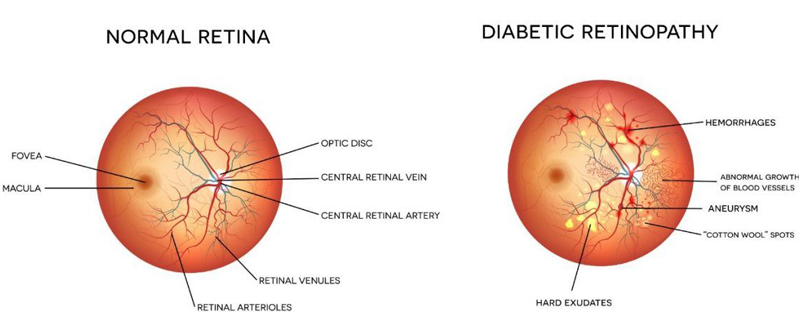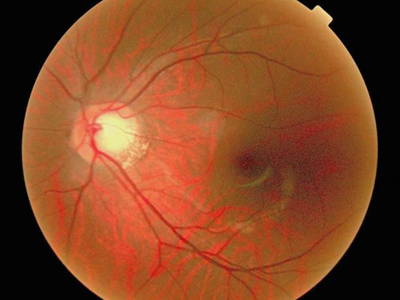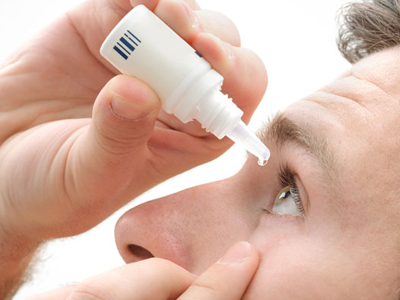Glaucoma
Glaucoma is a condition in which the intra-ocular pressure (pressure exerted by the fluids inside the eye) increases. This can cause permanent damage to the optic nerve (the nerve carrying visual signals to the brain). The most common reason is the obstruction to the outflow of aqueous humour (fluid inside the eye) due to structural defects in the eye. There are 2 main types of glaucoma:
- Open angle type: This type is not associated with pain, redness of eye. There is slowly progressive rise in the eye pressure and slowly progressive vision loss.
- Closed angle type: This type is associated with acute episodes of pain, redness, blurred vision. These repeated episodes, due to rise in pressure, cause long-term damage to optic nerve and vision loss.
In both types, family history (genetic cause) could be a reason. Large or small size of the eye or structural defects can be associated. In both types, the vision loss is permanent and cannot be brought back. However, the further deterioration can be controlled by medications (eye drops), laser treatment or sometimes surgery. In glaucoma there is peripheral vision loss in early stages, so that patient has a constricted field of view. Hence the patient can see only a small central part of what is in front of him but not what is on the sides, without moving his eyes/ head. This is called tunnel vision. And even this may be lost in advanced cases.
Fortunately, all this can easily be prevented by checking the intra-ocular pressure and if need be, by advising eye drops to control this pressure (just as a patient with high blood pressure has to take tablets daily to keep it in control). This prevents eye damage and vision loss. The patient however needs to put his eye medications regularly and needs monitoring of the pressure at least once in 4 months.
The key to glaucoma treatment is prevention. All individuals above age of 40 years or anyone with a family history of glaucoma needs to get his eyes checked at least once in a year to detect eye pressure changes in the early stage itself before any damage to vision.
Frequently asked queries about Glaucoma
Computer Vision Syndrome
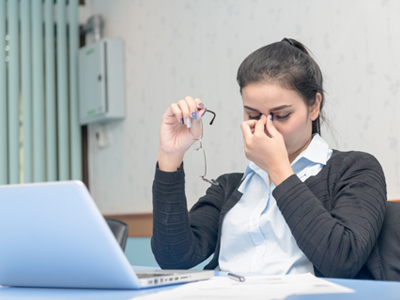
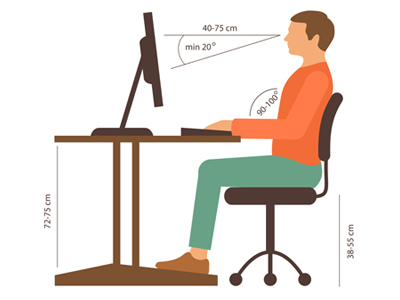
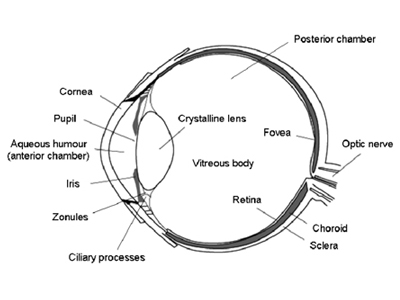
Computer vision syndrome (C.V.S) is a spectrum of eye problems arising out of prolonged use of electronic display devices, most commonly desktop computer, laptop and also mobile computing device like smartphone and tablet.
The eye problems include the following symptoms:
- Eye strain
- Headache
- Blurring of vision
- Dry eyes
- Neck pain.
The factors which contribute in causing the above symptoms are:
- Prolonged use of computer (more than 3 hours in a day)
- Uninterrupted use of computer
- Bad posture
- Incorrect viewing angle and distance
- Improper lighting
- Glare on viewing screen
- Pre-existing eye conditions like uncorrected refractive error (spectacle number)
In today’s world, use of electronic devices is a common place, whether it is at work or at home. And there are a number of different devices being used for different purposes, from a stationary desktop computer in an office cubicle, to a laptop at home; from a wall-mounted television screen to a mobile device like martphone or tablet. The use of such devices has become both a necessity and a compulsion. Especially those who have to look at their computer screens for long hours sitting in small cubicles are affected the most by C.V.S. While very little can be done to avoid these gadgets due to work compulsions, there are some very simple methods one can use to prevent eye and other health-related problems. These methods are simple but they have profound and lasting benefits on the health.
Diabetic Retinopathy
